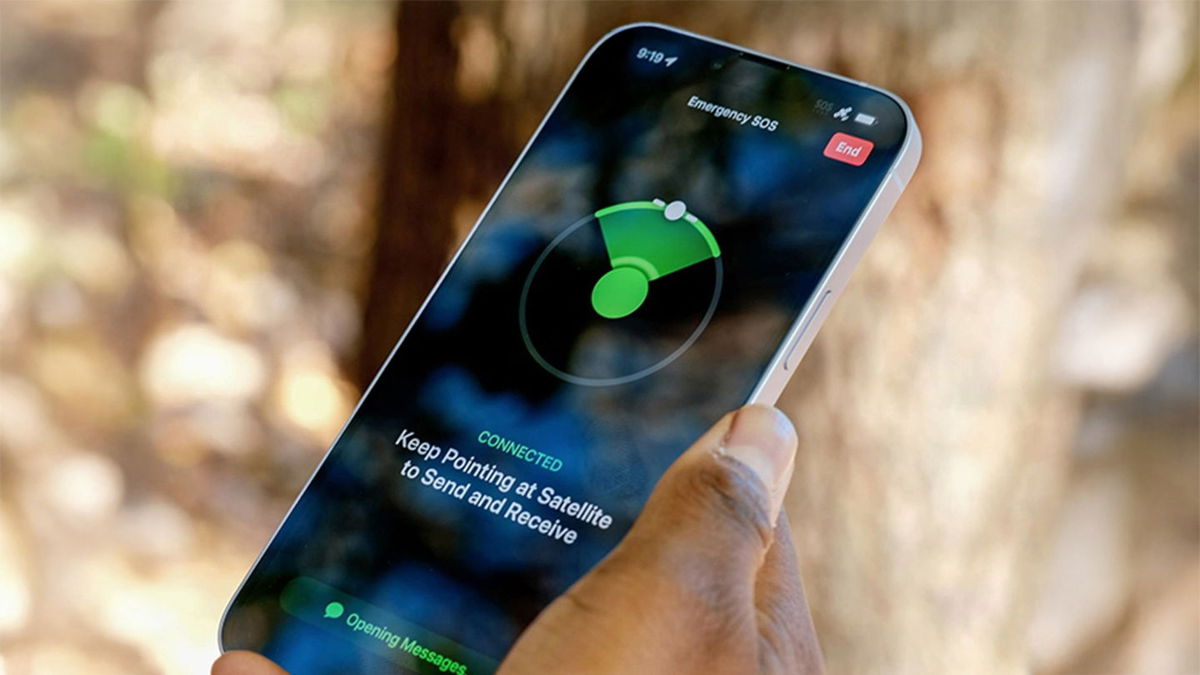Each of us has changing tastes over the years. We have the best example in food. How many foods we hated as children do we love today? WITH colors the same thing can happen. Sometimes we see old people They dress in rather bright colors compared to how they dressed when they were younger. One might think that the wisdom of age has led to the fact that they do not care at all about the canons of fashion. And perhaps there is some truth in this. But according to new research, the key point is that color perception changes over the years.
This doesn’t happen with all colors, but it does happen with some. The authors of the study in question, published in Scientific reportsnoticed that older people have problems with color perception, especially in range of purple and green. The same does not happen with other tones, e.g. blue.
For shine colors, they can distinguish it just as much as younger people. More research will be needed to confirm this, but the authors of this study believe this may be the reason extravagant clothing of some elderly people. If you don’t have very good color vision, you might think that a bright green shirt is actually a more muted or less vibrant shade. But what does it matter? They deserve to dress the way they want.
Changes in color perception in older people
Some studies prior to this latest study showed that older people were less able to discriminate colors of your surroundings. They wouldn’t see as wide a range of shades as someone younger.
Taking this information as a basis, a group of scientists from University College London wanted to find out more. To do this, he recruited 17 young people, whose average age was 27, 7 yearsand 20 over, with The average is 64.4 years.
They all had to enter a room with the lights off, where there was a device measuring dilation of your pupils when exposed to 26 different colors for 5 seconds each. There were shades green, purple, yellow, blue and red, divided into dark, dull, rich and light.
When we look at color, our pupils constrict in response to small changes in hue. This is logically impossible to see with the naked eye, but thanks to an instrument known as pupil 1000 changes in pupil dilation per second can be detected.
Thus, it was observed that older people’s pupils constricted less when the shades changed slightly. This happened primarily with green and purple.
What is all this for?
This research may have implications on two levels. On the one hand, there is a form of dementia known as posterior cortical atrophy, in which this particular problem occurs in the perception of color, especially in shades of green and purple. With their results, they will be able to better understand the brain mechanisms that lead to this condition. Although this bidirectional, Because areas of the brain whose activity changes with age can also be distinguished by comparing them with areas affected by dementia.
On the other hand, studying it can help you adapt. fashion and jewelry for the elderly. Clothes can be made in colors tailored to what they see, so they feel much better when they look in the mirror. It may seem frivolous, but in reality they deserve fashion tailored to them rather than being left with crumbs of the rest.
It is true that this study was conducted with a very small number of participants, so it would be interesting to do more research. However, there is enough evidence to suggest that their color perception deserves to be slightly adapted to the world they see, so that the colors look like they did when they were young.
Source: Hiper Textual














